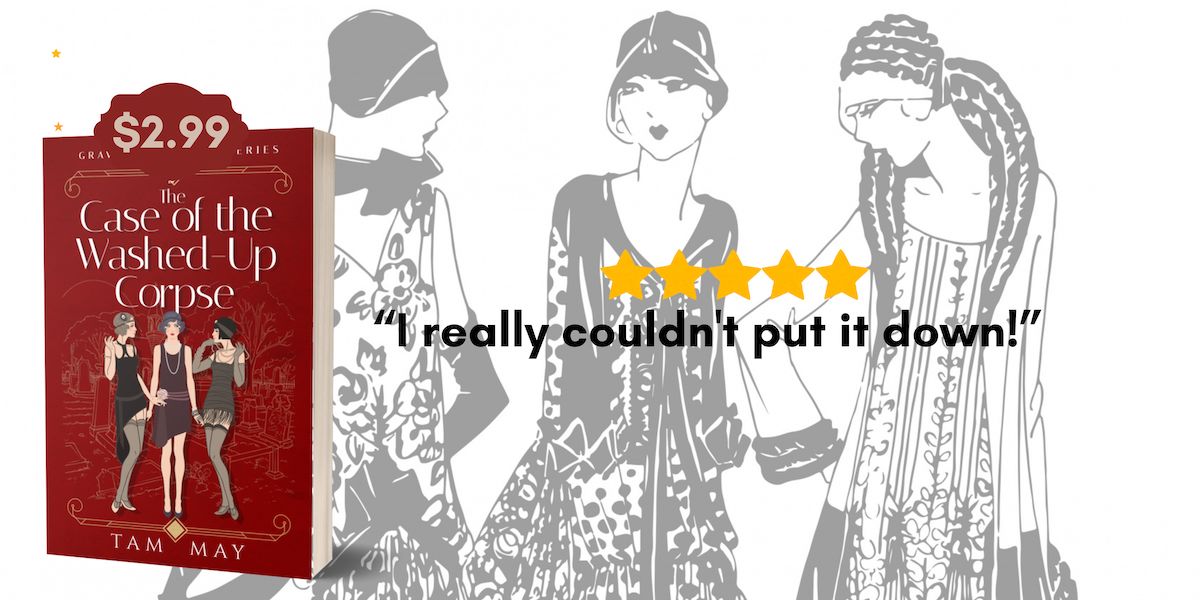It’s that time of year when Thanksgiving is upon us (at least it is if you’re in the US). A few years ago, I wrote a blog post about Thanksgiving in the Gilded Age. But since I’ve been diving into the Progressive Era with my Adele Gossling Mysteries, I was curious to know how turn-of-the-century Thanksgiving traditions compared to those of America’s Gilded Age.
The Gilded Age was, remember, all about excesses, wealth, and showing off when it came to the holidays. Well-to-do Americans saw the holidays as a time to get into their best dress and parade themselves in hotel dining rooms or swank restaurants for a multi-course Thanksgiving meal that included non-traditional Thanksgiving fare such as oysters and lobster (if you don’t believe me, take a peek at the menu I included in the blog post mentioned above.)

Photo Credit: Cover of Puck magazine showing a mother making a pumpkin pie in the kitchen while her four children look onward, emphasizing the family nature of Thanksgiving, 1903, chromolithograph, created by L. M. Glackens: pingnews.com / Flickr/Public Domain Mark 1.0
Americans started to get a grip on all those excesses and realized their country needed to make some changes in the Progressive Era. Reform was the order of the day, including worker’s rights, women’s rights, and environmental concerns. There was also more emphasis on intimate social circles (family, friends), probably because the modern era made many people feel fragmented and isolated (something I daresay we struggle with today in our social-media-heavy 21st century.)
For all these reasons, Thanksgiving became more of a family affair at the turn of the century. Magazines and books came out with Thanksgiving recipes to help encourage Americans to stay home for the holiday rather than let hotels and restaurants do the cooking. The recipes were much more what we consider traditional Thanksgiving foods, such as roasted turkey, cranberry sauce, and pumpkin pie. The 1902 menu on this site still has some oddities, such as oysters, but it looks much more like the kind of Thanksgiving meal we feast upon these days than the menu on my previous blog post.
Progressive reformers carried their work into the holidays as well. One thing we see with turn-of-the-century Thanksgiving which was less prevalent in the Gilded Age was the idea of giving thanks and gratitude by helping others. Missionaries and other charitable organizations hosted large Thanksgiving feasts for the poor all over the country. In addition, holiday gift boxes became popular just as they are today (my local Sprouts Market prepares gift bags with food every year that customers can purchase and have the store give to a family in need). Overall, the spirit of gratitude and giving was not lost on early 20th-century progressives.
While none of my Adele Gossling Mystery stories feature a Thanksgiving murder yet, be on the lookout for one in the future! In the meantime, check out The Carnation Murder, the first book of the series, which is totally free on all bookstore sites.
If you love fun, engaging mysteries set in the past, you’ll enjoy The Missing Ruby Necklace! It’s available exclusively to newsletter subscribers here. By signing up, you’ll also get news about upcoming releases, fun facts about women’s history, classic true-crime tidbits, and more!





